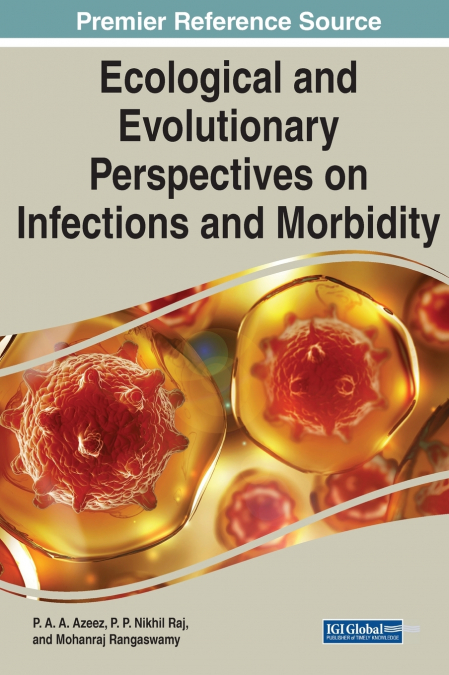
 Librería 7artes
Librería 7artes
 Donde los libros
Donde los libros
 Librería Elías (Asturias)
Librería Elías (Asturias)
 Librería Kolima (Madrid)
Librería Kolima (Madrid)
 Librería Proteo (Málaga)
Librería Proteo (Málaga)
The management of infectious diseases demands a deeper understanding of the ecological and socio-economic drivers and needs a holistic and systematic system-thinking approach. Issues such as the ecological and social features of the source of the disease-causing organisms, the landscape, and how such organisms invade larger distribution ranges need to be sufficiently understood. The remedial measures must be handled from the perspectives of ecology, evolution, epidemiology, socioeconomics, forestry practices, and agriculture from the viewpoint of systems thinking and complex interactions. It is a paradigm shift from the current reductionist disease management. Ecological and Evolutionary Perspectives on Infections and Morbidity addresses human diseases from a holistic perspective by looking at morbidity from an ecological viewpoint and highlights the need for a wider perspective in healthcare that focuses on more than managing diseases and relieving the individual patients from suffering. Covering a range of topics such as antiviral research and human health, this reference work is ideal for healthcare professionals, academicians, policymakers, practitioners, scholars, researchers, instructors, and students.